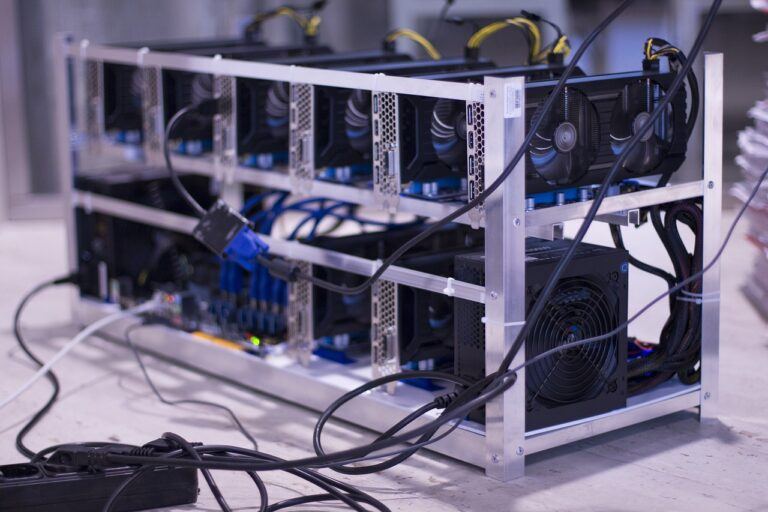A Chinese miner named Xu Feng has recently stated that as the season starts turning in various Chinese provinces, up to one million mining machines may start mining bitcoin, a move that could see its hashrate move up.
According to local news outlet 8BTC, Feng stated that as the raining season starts in May, cryptocurrency miners have been looking to set up operations in China since the beginning of the year. Per his words, the facilities in which he’ll be running his miners is fully booked – even though some areas are still under construction.
The bitcoin miner was quoted as saying:
[A] large amount of bitcoin mining machines [that were] shut down during Sichuan’s dry season will start running again in the upcoming wet season. The number is expected to reach 1 million.
Feng himself reportedly sold all of his Antminer S9 units last year, as BTC’s price kept on dropping and electricity costs kept on going up, making it impossible to make a profit. According to CryptoCompare data, the flagship cryptocurrency saw its price drop from a near $20,000 all-time high to little over $3,200 in December of last year.
Currently, he is said to run six cryptocurrency mining operations in Sichuan, out of which three are being improved through a $1.5 million investment he made. Once the improvements are done, Feng should be running 100,000 mining machines.
If his prediction is correct, the one million machines that are about to start mining could see Bitcoin’s hashrate surge. As covered, it has been recovering as miners show renewed confidence in the market.
Given the large number of miners that are going to be activated and bitcoin’s seemingly slow recovery, Feng noted miners shouldn’t expect to make money this year, and are better off waiting “until [the] bitcoin halving occurs next year.”
Bullish on Bitcoin’s Halving
In 2020, the amount of bitcoin’s introduced to the ecosystem with each new block, from 12.5 to 6.25 BTC. Cryptocurrency enthusiasts believe the event will help the cryptocurrency’s price surge, as historically it has risen after each halving event.
Available data shows that in 2012, BTC’s price went from $12 to $140 months after the halving, while in 2016 it doubled from $500 to $1,000. While there are other factors involved, some believe the price rises can be attributed to the inflation difference.
“Best Time to Buy Bitcoin is Before Halving Events,” Which Is Now-ish https://t.co/yPrye0Y0kr #Bitcoin #Bear #Halving #Mining #Reward #Twitter
— CryptoGlobe (@CryptoGlobeInfo) December 8, 2018
As such, miners like Feng mine at a loss to hold the BTC they’ve earned, while waiting for its price to rise. Moreover in China, given the right season, miners can take advantage of extremely cheap energy, which helps them stay afloat during market downturns.
There are, however, those who believe Bitcoin’s next halving event won’t have a large impact on its price. As covered, F2Pool CEO Mao Shixing believes that as investors prepare themselves for the event, they factor it into the price.









